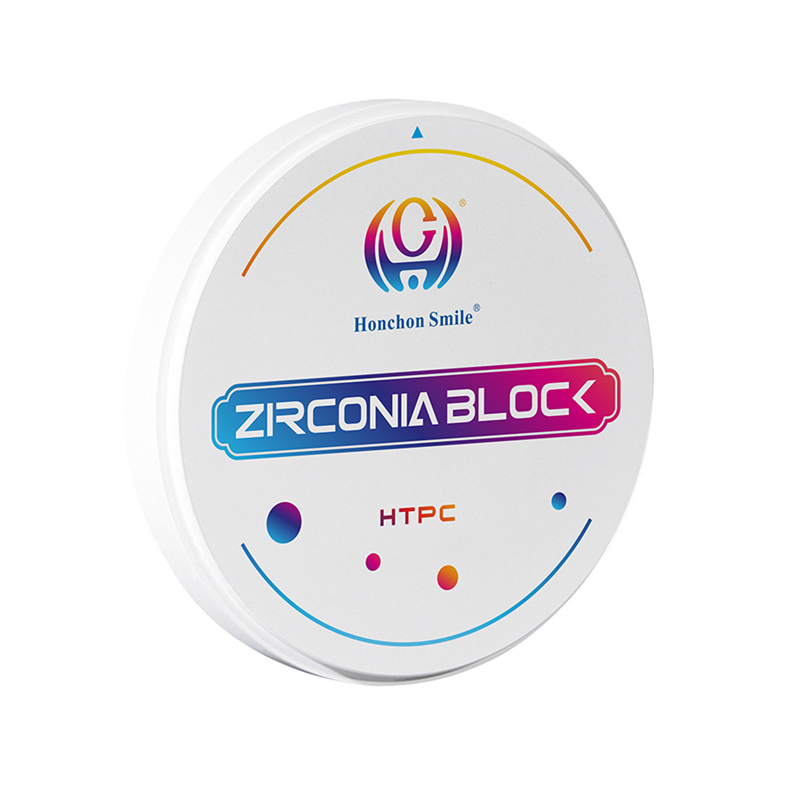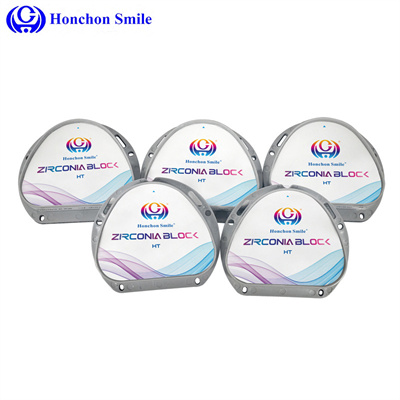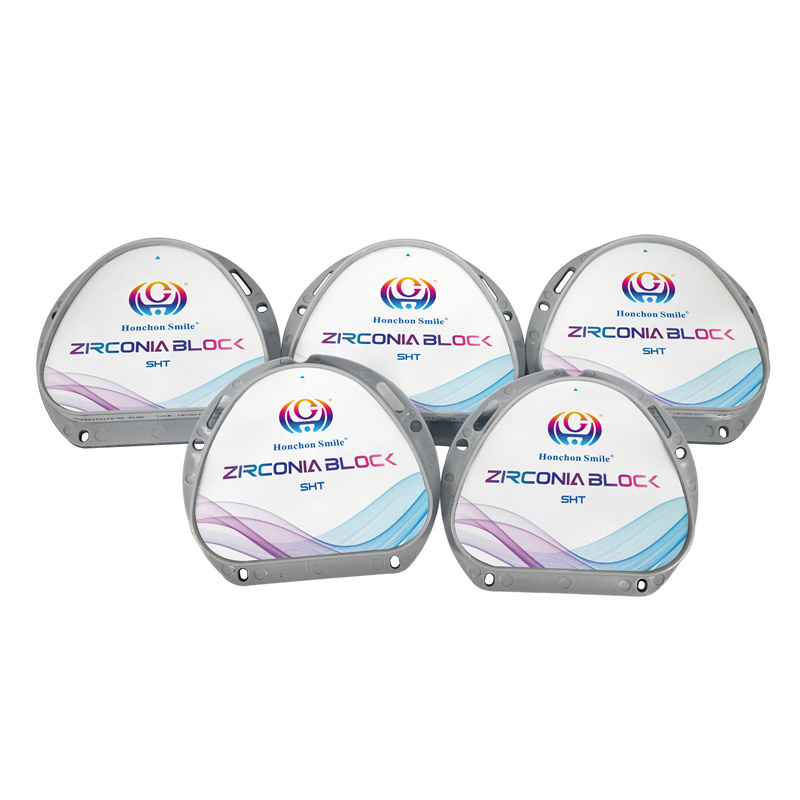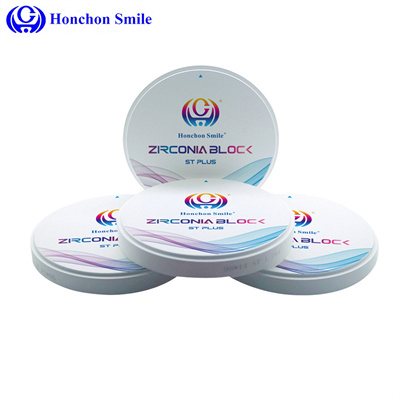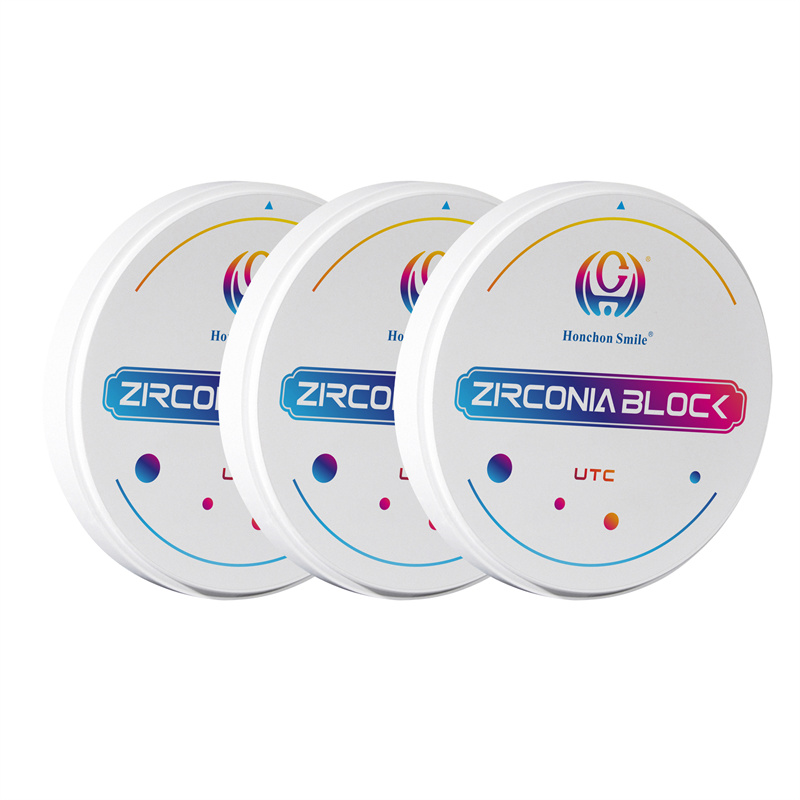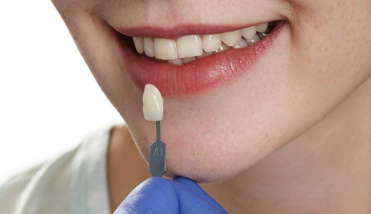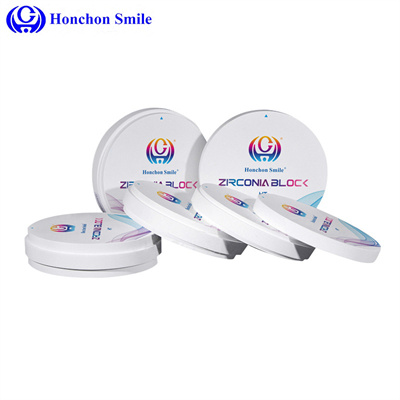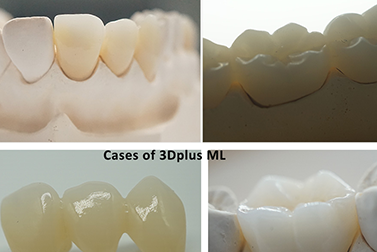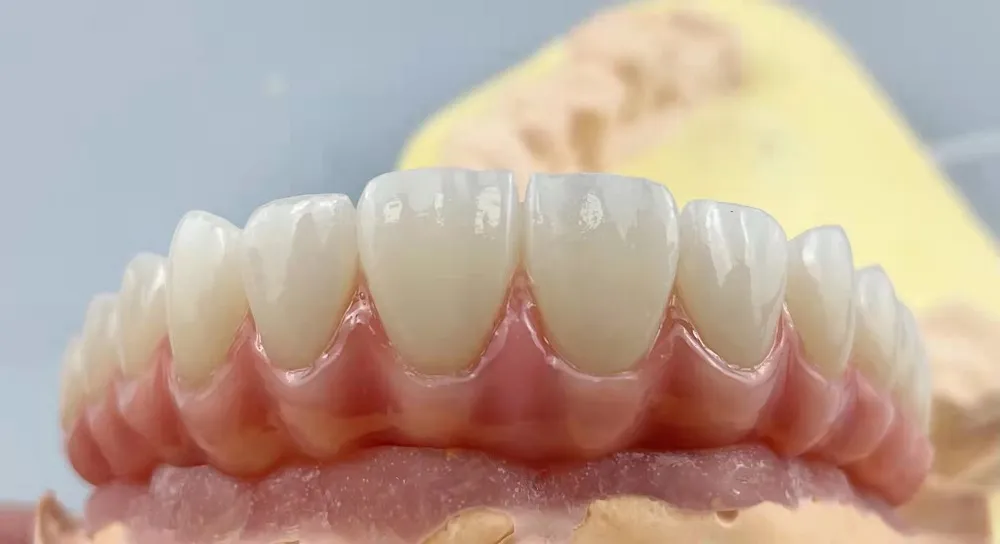Why do dentists recommend choosing zirconia all-ceramic teeth?
2025-07-14
A Life-Or-Death Case: Why Material Choice in Dentistry Matters
An emergency case was reported at a hospital: a man in deep coma due to a craniocervical injury required urgent surgery. Before the operation, doctors needed an MRI scan—but they were blocked.
Why? The patient had metal crowns on teeth 4 and 5. The metal interfered with magnetic resonance imaging, obstructing visibility of surrounding tissue. Worse, intubation prevented removal of the crowns at the dental chair.
In critical scenarios like this, the presence of metal dental restorations can delay life-saving procedures.
Why Metal Crowns Can Be Problematic
Before undergoing MRI or CT scans, patients must remove metal items—such as:
Metal crowns
Dentures with metal clasps
Jewelry, pacemakers, metal screws, etc.
These metal objects can:
Cause image artifacts
Obscure critical tissue views
Even pose a risk during scanning
This is why non-metallic restorations are now the smarter, safer choice in modern dentistry.
The Recommended Solution: Zirconia All-Ceramic Crowns
What Is Zirconia?
Zirconia (zirconium dioxide) is a biocompatible ceramic widely used in modern dentistry. It contains metallic elements but is not a metal—it’s an oxide, just like table salt is not sodium metal.
Unlike traditional metal-ceramic crowns, zirconia crowns are strong, aesthetic, and radiologically safe.
Key Benefits of Zirconia All-Ceramic Crowns
1. MRI & X-Ray Safe
Zirconia is metal-free and does not interfere with imaging, making it ideal for patients who may need MRIs or other scans.
2. Natural Aesthetics
Metal-ceramic crowns often appear bluish or grayish at the gumline. Zirconia offers high translucency, mimicking the look of natural enamel.
3. Biocompatibility
Years of clinical data confirm:
No cytotoxic effects
No allergic reactions
Stable performance in the oral environment
Zirconia even has lower radioactivity than human bone tissue, and is safer than many glass ceramics.
4. No Gum Discoloration
Metal ions can stain gums over time. Zirconia maintains stable color and healthy gum margins, avoiding blackened edges common with metal-ceramics.
Common Concerns About Zirconia—And the Facts
Q1: Is zirconia radioactive?
No. High-purity zirconia undergoes strict purification and passes radiation safety tests mandated by national health authorities. Its radioactivity is lower than natural bone.
Q2: Isn’t zirconia a metal?
No. Although it contains the element zirconium, zirconia is a ceramic oxide, not a metal. It’s chemically stable and behaves like other dental ceramics.
Q3: Is the porcelain layer prone to chipping?
Rarely, and only under poor technique. Studies show that porcelain chipping usually happens due to:
Over-contoured design
Poor sintering or cooling control
No proper re-glazing or polishing after adjustments
These issues are fully preventable with experienced labs and dentists.
Zirconia vs Metal-Ceramic: A Quick Comparison
| Feature | Metal-Ceramic Crowns | Zirconia All-Ceramic Crowns |
|---|---|---|
| Aesthetic | Grayish base, metal line | Natural translucency, lifelike |
| MRI Compatible | Not compatible | Fully compatible |
| Biocompatibility | Possible gum irritation | Hypoallergenic, safe |
| Durability | Good | Excellent |
| Radioactivity | Low | Even lower |
| Clinical Recommendation | Older standard | Preferred by modern dentists |
Trusted by Dentists Worldwide: HONCHON SMILE Zirconia Blocks
At HONCHON SMILE, we specialize in manufacturing zirconia blocks designed for modern CAD/CAM restorations:
Pre-shaded VITA 16-color options
Flexural strength up to 1200 MPa
Compatible with open systems (95, 98mm, AG)
Smooth milling, easy polishing
OEM and large-volume supply available
Get in Touch
Need reliable zirconia blocks for your dental lab or clinic?
Contact: info@honchon.com
Website: www.honchon.com
Fast shipping | Technical support | Global customers in 120+ countries
References
Clinical case report via hospital documentation, 2024
National standards for zirconia materials (China FDA)
International studies on zirconia’s biocompatibility and performance


